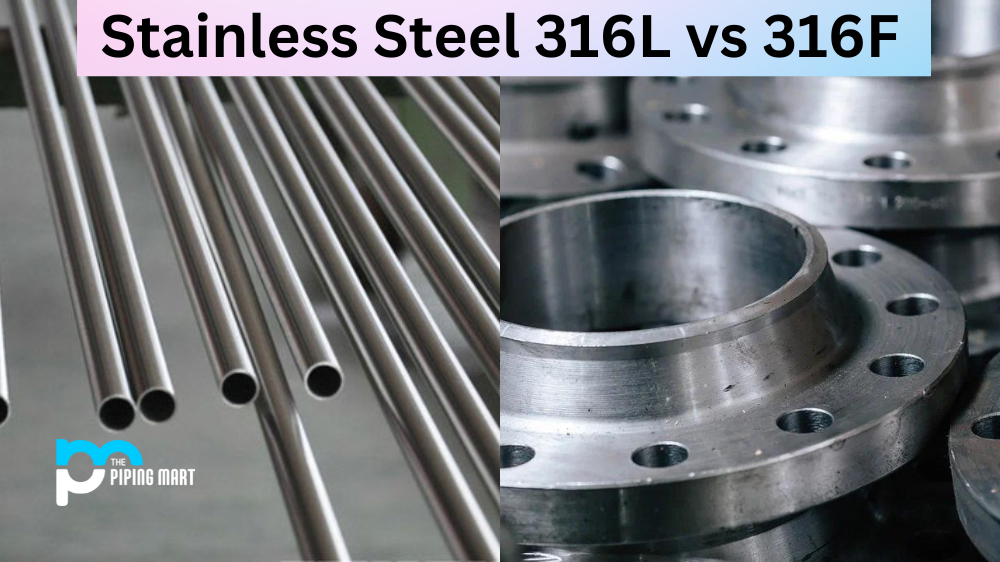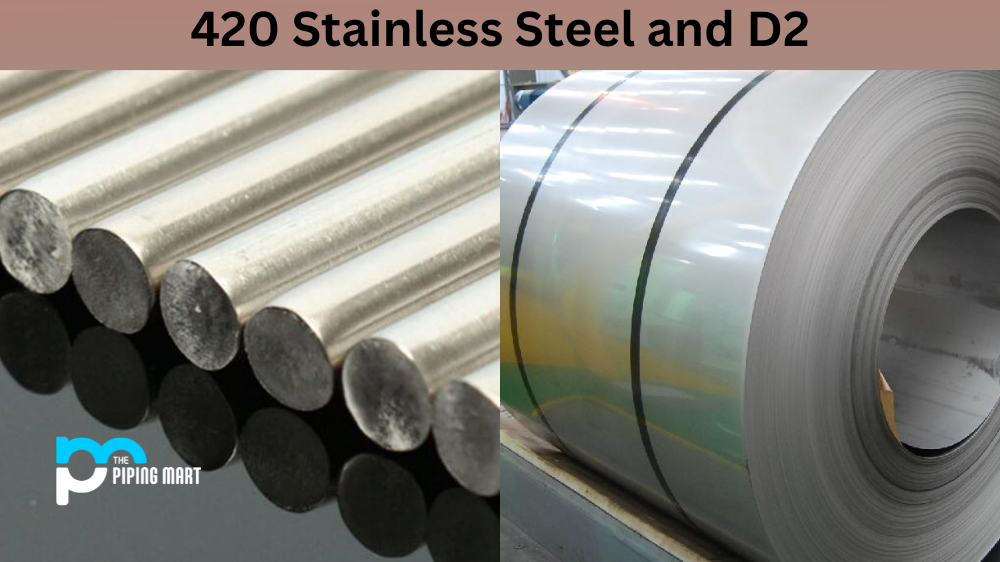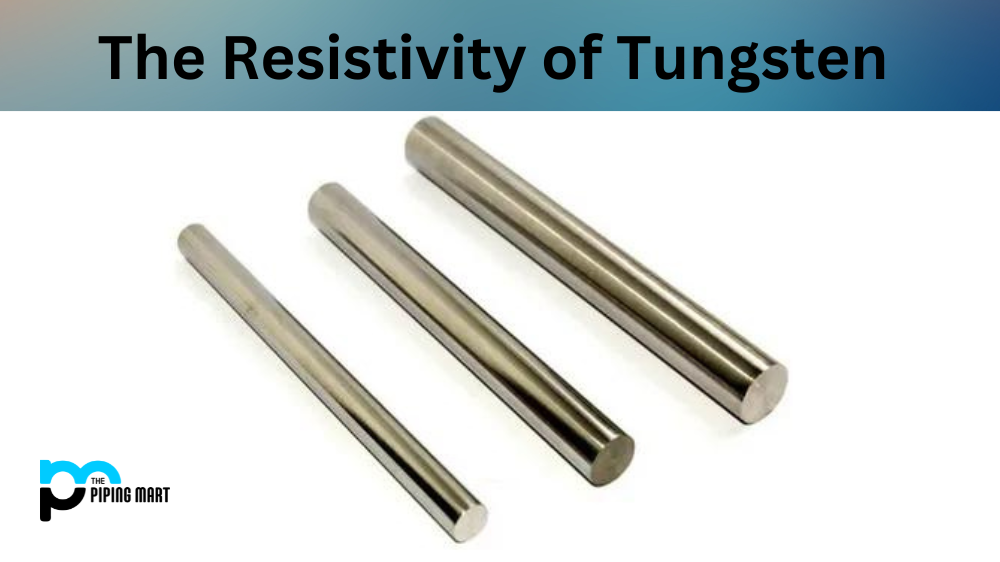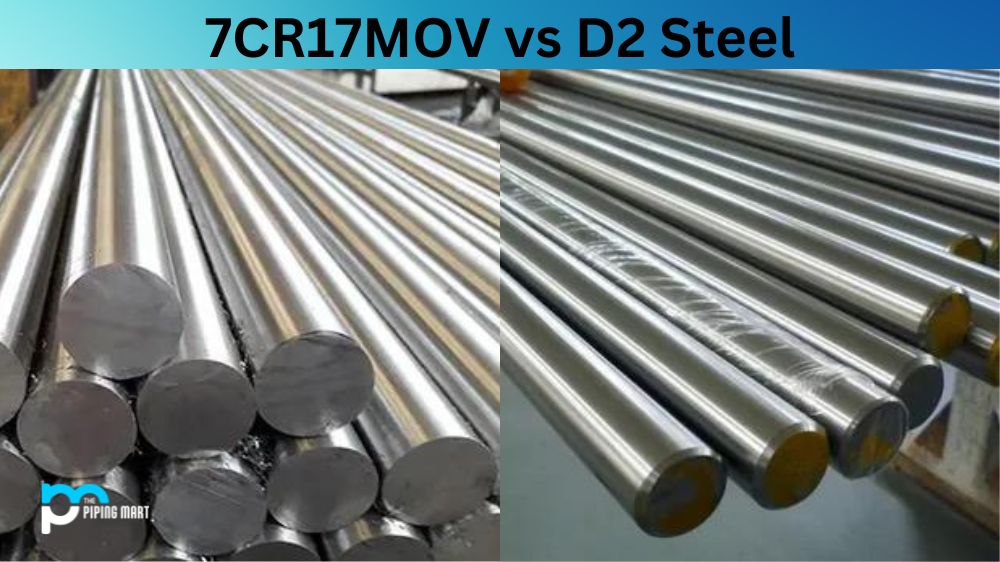Stainless steel is one of the most popular materials used in various industries, from food processing and pharmaceuticals to construction and transportation. It is known for its high corrosion resistance, durability, and strength. However, only some stainless steel is alike, and two common grades that often need clarification are 316L and 316F. This blog post will examine the key similarities and differences between these stainless steel grades and help you choose the best one for your application.
Difference Between Stainless Steel 316L and 316F
Composition
To understand the differences between 316L and 316F, let’s first look at their chemical compositions. Both grades are austenitic stainless steels containing at least 16% chromium, 10% nickel, and 2% molybdenum. However, 316L has a slightly lower carbon content than 316F, making it more weldable and resistant to sensitization. Sensitization is a process whereby stainless steel loses its corrosion resistance due to intergranular corrosion in the heat-affected zone during welding. Therefore, if your application involves welding, 316L is the preferred grade.
Applications
On the other hand, if your application requires improved machinability, 316F may be a better option. 316F is a free-machining version of 316L, which means it has added sulfur to improve its machinability. The sulfur acts as a lubricant during machining and reduces tool wear, resulting in faster and more cost-effective production. However, the downside of adding sulfur is that it can reduce the corrosion resistance of stainless steel, especially in chloride-rich environments. Therefore, 316F is not recommended for applications with critical corrosion resistance, such as marine or chemical processing.
Availability and Pricing
Another difference between 316L and 316F is their availability and pricing. 316L is the more common and widely available grade, making it more cost-effective and easier to find in various shapes and sizes. On the other hand, 316F is less common and hard to find, making it more expensive and usually available in limited sizes and quantities. Therefore, if you can meet your application’s requirements with 316L, it is a better choice than 316F in terms of availability and affordability.
Properties
It is also worth noting that other variations of 316 stainless steel, such as 316Ti and 316N, have different properties and applications. 316Ti has added titanium to improve its high-temperature creep strength and resistance to sensitization. It is often used in furnace parts, jet engine components, and chemical processing equipment. 316N has added nitrogen to enhance its strength and corrosion resistance in high-temperature and high-pressure applications. It is commonly used in oil and gas, petrochemical, and power generation industries.
Conclusion
Stainless steel 316L and 316F are two common grades of austenitic stainless steel that are often compared. 316L is preferred for applications that require welding and high corrosion resistance, while 316F is chosen for applications that need improved machinability but can compromise on corrosion resistance. 316L is more widely available and affordable, while 316F is less common and expensive. Both grades have advantages and disadvantages, so choosing the one that meets your application’s requirements is essential. By understanding the differences between these two grades, you can make an informed decision when selecting stainless steel for your project.
Meet Heer, a dynamic and driven writer learning tricks of her trade in the metal industry. With a background in Digital Marketing, Heer brings a unique perspective to her writing, sharing valuable insights. Apart from blogging she like reading and hiking.




